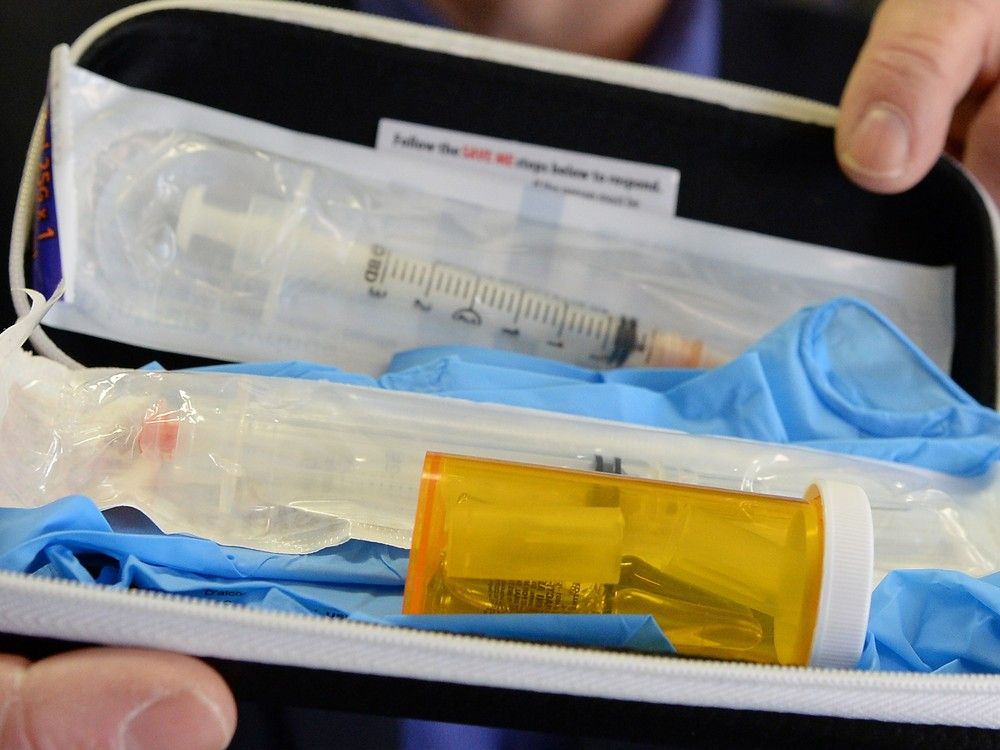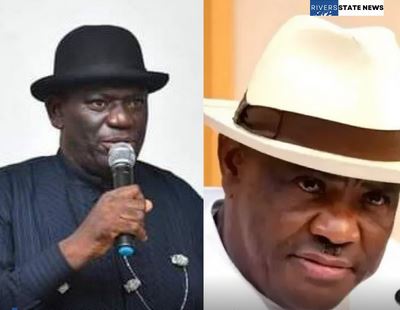Opinion editor’s note: Strib Voices publishes a mix of guest commentaries online and in print each day. To contribute, click here . ••• As the fifth anniversary of the COVID-19 pandemic passes in the rearview mirror, it is not surprising that there are disparate perspectives on the response, as illustrated by Kevin Roche’s opinion piece published March 26 as a rebuttal to former Minnesota Health Commissioner Jan Malcolm’s March 23 commentary “The COVID response, five years on: A reflection.
” As a front-line health care provider and a leader of the state health care response during COVID-19, the worst pandemic to hit the U.S. in a century (and the first to occur in the era of modern intensive care), I can confidently say that we tried to do the best we could with the information available.

We referred to multiple national models as well as those developed by the University of Minnesota, understanding that nothing was going to be perfect and that all decisions would have consequences. The idea presented by Roche that prior experience with pandemics was ignored is ignorant in and of itself. The best efforts were made to understand as rapidly as possible how this novel virus spread, what damage it caused, who was most at risk and what were the best means of preventing spread.
Contrary to Roche’s assertions, masking and social distancing have been mainstays of prior epidemic and influenza pandemic interventions, as I illustrated in an invited editorial for the New England Journal of Medicine titled “Novel Coronavirus and Old Lessons.” Minnesota was decidedly middle-of-the-road when it came to implementing societal restrictions in the face of a novel pathogen, and I believe our overall success is validated by the seventh-lowest mortality rate from COVID-19 in 2021 of all states. Our goal was never to eliminate viral spread; it was to mitigate, as best we could, the effects on the population, particularly until a vaccine could be obtained.
Those who chose not to be vaccinated were not “demonized,” but it is inappropriate not to call attention to the fact that the unvaccinated were accounting a large majority of the deaths. It was agonizing, day in and day out, for our providers to see patients hospitalized and dying from preventable illness. Our health care system was overwhelmed in a way that I have never seen and hope never to see again.
What would it have been like if we didn’t do the things we did to control the spread and severity of the virus? It’s easy to argue that we should be more permissive — until the death rates explode and hospital saturation means that, whether you have injuries from a fall off a ladder or COVID-19, you might die from lack of critical care resources. And make no mistake, patients who might have lived did die in Minnesota due to capacity issues during our COVID-19 peaks. Finally, in regard to the “dictatorial” power that Gov.
Tim Walz is alleged to have wielded, Roche failed to mention that the Minnesota Legislature always has the power to vote to end the peacetime emergency. A good democracy depends on such checks and balances, and it is interesting that with the passage of time what was a generally cooperative bipartisan effort to meet the needs of Minnesotans has been described in such terms. There is no question that when I look back on our response there are many things that I would advocate to do differently based on what we know now.
Should Malcolm, Walz or I and the thousands of public servants and health care providers who did the best we could with the information and the resources that we had apologize for that, as Roche suggests? I don’t think so. Minnesota implemented nationally recognized processes to maximize skilled nursing facility staff, improve our patient transfers and provide access to monoclonal antibodies, to name just a few. We purchased PPE, ventilators and other respiratory equipment that saved lives.
And perhaps most important, partners from across the public and private sectors put in long days and nights sharing information and deciding on the appropriate actions to be taken. Our system bent, but did not break. Throughout the peaks of the pandemic I was grateful to live in a state with a strong health department, a robust health care system, true experts we could draw on for everything from testing masks to developing new diagnostics, and citizens that tried to do the best they could for each other.
As illustrated by Roche’s anger and distrust, I fear that in future epidemics (and they are coming) we will not have those foundations to build on, and I fear for the consequences. John L. Hick is the medical director for emergency preparedness at Hennepin Healthcare and a professor of emergency medicine at the University of Minnesota.
He served as incident manager for the Statewide Healthcare Coordination Center during COVID-19. The opinions expressed are his own..
Politics
Counterpoint: You really don’t think the state did the right things during COVID?
I was involved in the response and I think our motives were sound and successes much greater than a recent writer portrays.















